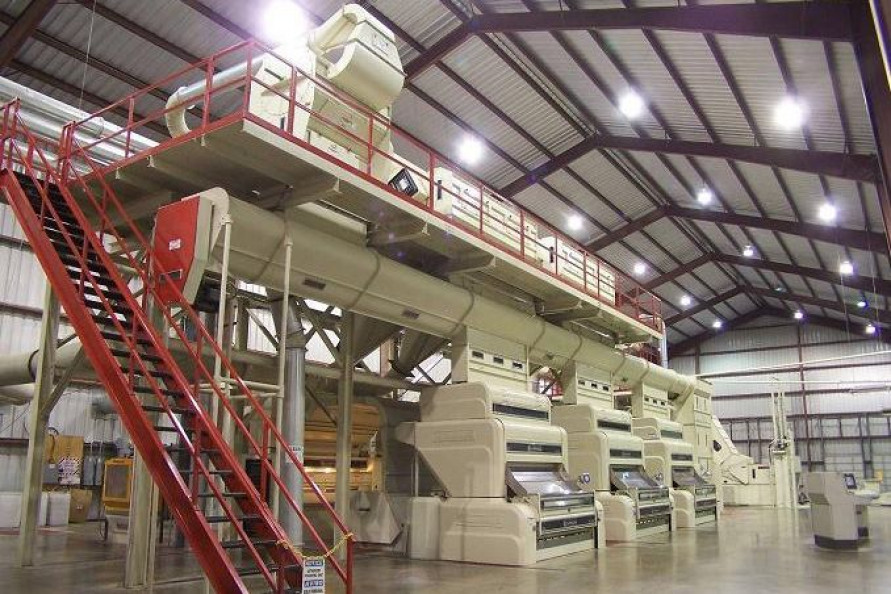Two cotton ginning industry leaders recently visited the Nonwovens and Advanced Cotton Laboratory at Texas Tech University to discuss the latest developments in cotton fiber quality.
Shankar Venkatachalam, president of Bajaj ConEagle, LLC, and Steve Moffett, general manager of Lubbock Electric Company, conducted hands-on experiments on the oil absorption characteristics of low micronaire cotton mats developed in the laboratory, assisted by graduate students.
Oleophilic and biodegradable characteristics of cotton mats will create new opportunities for cotton, stated Venkatachalam. And, fiber strength, length and maturity play an important role in the ginning process, as well as influencing the type of ginning method used.
Venkatachalam noted that while cotton length is good in India, other characteristics like strength and maturity ratio make them not suitable for saw ginning. India’s ginning sector is based on roller ginning, while, in the United States, it is based on saw ginning. Because of good fiber strength and maturity in the U.S., fiber damage does not occur in the saw ginning.
Moffett stated that substantial progress has been made in the past 20 years with regard to the staple length in West Texas, noting that the majority of today’s crop is 36 staple. The tremendous technology influence in ginning – where remote monitoring is helping with production efficiency – and improvements in cotton genetics and varieties with higher staple length and more yield have enabled gins to operate at their full capacity.
Venkatachalam explained that lint cleaning and drying needs to be enhanced in Indian gins to enhance quality. Currently, roller gins operate at 75-100 Kgs/hour/machine, while saw gins operate at 15 bales/hour/machine. He admitted that it will be a paradigm shift to venture into saw gins in India, as the fiber length is good enough to be processed through the saw gins at slower speeds. Similarly, African gins run at a slower speed of about 10 bales/hour and have improved the quality of their cotton. South Africa is now slowly switching over to saw ginning to enhance its cotton quality.
As India enters the next phase of its Technological Mission on Cotton, it will be valuable to focus on the trash and quality of ginned cotton. Although Indian cottons entering gins are not moist, it will still be helpful to dry them to get cleaner cotton.
Bajaj ConEagle, LLC, has about 20 saw gin installations around the globe, including 10 in the United States. Its parent company, India-based Bajaj Steel industries, Ltd, is a leader in roller gin technology and sells about 6,000 roller gins per year in India and East Africa.


